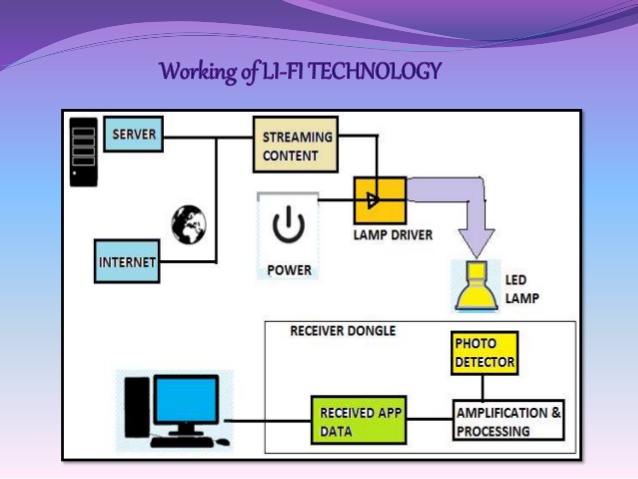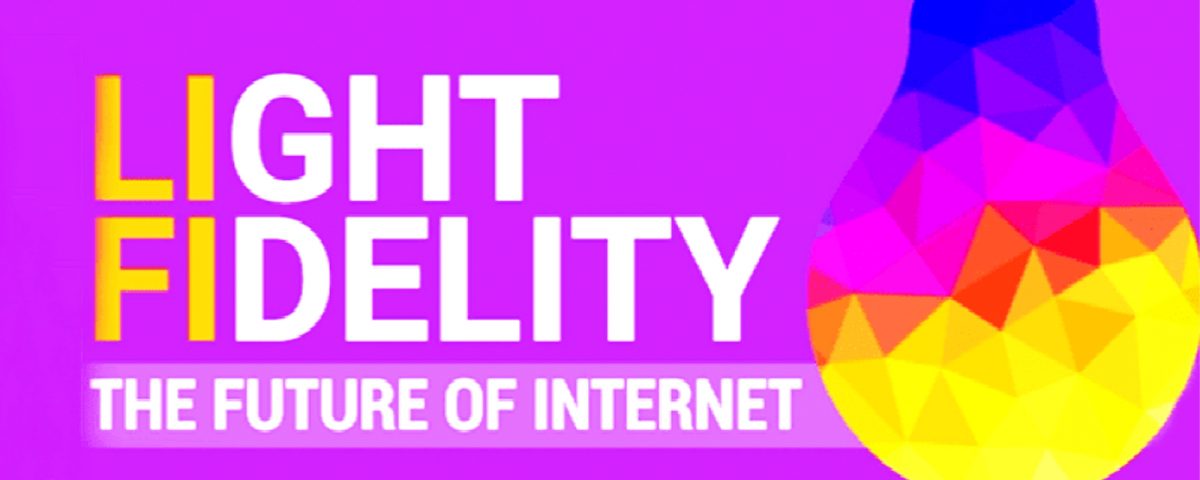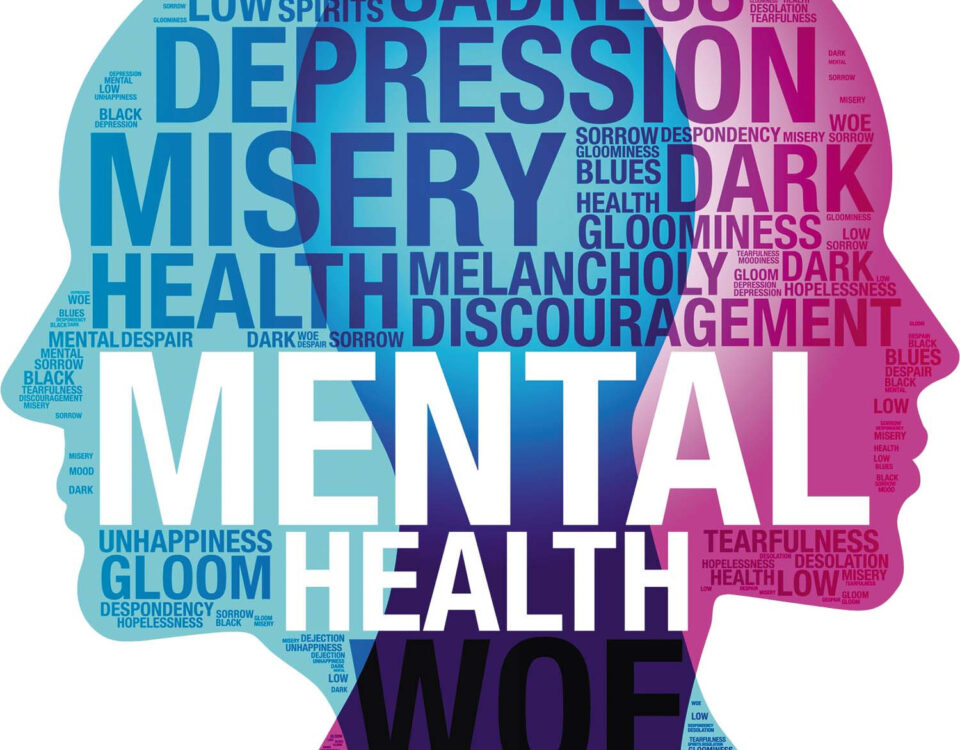Light Fidelity

Top 20 latest Angular JS Developer Tools
10th February 2021
Why Simplicity Is So Incredibly Important In UX Design
19th February 2021LiFi is a game-changing innovation that can transmit enormous amounts of data through LEDs (Light Emitting Diodes). An application of Visual Light Communications, Lifi was announced as the faster, more secure, and energy-efficient successor of today’s WiFi, which can transmit data at speeds that are 100 multitudes faster.
The Birth of LiFi
VLC concerns all communications technologies that use visible light. LiFi is an application of VLC and makes use of its very basic principle of using light as a medium, but differs with the use of a two-way network protocol to provide network connectivity at incredible speed. Most of the research and studies into LiFi was headed by Prof. Harald Haas and his team of researchers.
The Man Behind LiFi
Lifi is the brainchild of a professor at the University of Edinburgh, Harold Haas, and his team of researchers. They have been researching VLC way back to the year 2006 and focused on the use of light for two-way data transmission, which then led to the creation of LiFi technology.
The term Light Fidelity (LiFi), similar to Wireless Fidelity, (WiFi) was coined during Haas’ TED Talk named “Wireless Data from Every Light Bulb” in 2011. During his talk, he showed the technological innovation and capabilities of LiFi with just a 3$ off-the-shelf LED bulb that streamed a high-definition video that even paused when he put his hand below the light and above the LiFi photodetector, wowing his audience.
Prof. Haas helped establish PureVLC, which would then launch LiFi technology for the public market in 2012. The company was later renamed PureLiFi and was an Orignal Equipment manufacturer that commercialized LiFi products for its integration with existing LED-lighting systems.
Since LiFi utilizes the visible light spectrum, a spectrum that is 10,000 times larger than the radio bandwidths that WiFi uses, that would eventually become crowded and slower when large amounts of data are transferred. LiFi can deliver unadulterated speed and consistent large amounts of data with any LED light source, which makes LiFi the equalizer in the exponentially growing data world.
For a LiFi system to work, the driver-circuit in the LED bulbs encodes data and transmits it by switching the LED on and off at rates that are indiscernible to human perception, and is then decoded by an optical sensor on a laptop or phone that receives the data.
Although the system requires the LEDs to be on, it is possible to change the light intensity that isn’t visible to the human eye yet enough light to still transmit data. Even though it uses energy, the combination of the transfer of light and data also makes LiFi an efficient and sustainable solution.
WiFi networks are still vulnerable to attacks, but since one of the basic principles of light that it cannot travel through walls makes, LiFi is a much secure alternative because it can be monitored through an optical network.
LiFi is a seemingly simple solution yet an ingenious showcase of technological prowess.
The LiFi Consortium
In 2011, industry leaders from North America, Europe, and Asia came together to create a group known as the LiFi Consortium. Founded by Fraunhofer IPMS of Germany, IBSENtelecom of Norway, Supreme Architecture of Israel and the USA and TriLumina from the USA. The group aimed to further enhance and promote different Optical Wireless Communication (OWC) technology, being not limited to LiFi, the group pushes for the improvement of all forms of OWC, LiFi and fiber optics among others.

Other Recent Developments
LiFi has improved throughout the years. In August 2013, LiFi systems were able to show data rates of over 1.6 Gbit/s.
In September of the same year, a press release announced that LiFi or VLC system does not require line-of-sight conditions to dissuade the large concerns about LiFi systems for communication that they require line-of-sight.
In October, Chinese manufacturers and lead scientist Chi Nan worked on LiFi development kits. Their researchers say that that data speeds of up to 150 Mbps were possible through the use of microchipped bulbs. They acknowledged that LiFi’s success as a commercial technology would rely on vital pieces of technology such as light communication controls, microchip design, and manufacturing.
In April 2014, Stins Coman, a Russian company announced the development of BeamCaster, LiFi local network with a capacity of transferring 1.25 Gbit/s of data. They’re optimistically forecasting of boosting speeds up to 5Gbit/s soon.
In March 2017, Professor Haas and his team of researchers have further set the bar high for LiFi with their discovery of Micro-sized Gallium Nitride (GaN) micro LEDs as strong candidates for VLC and LiFi because of their high bandwidths. Their demonstration produced a record speed transmission rate of 11.95 Gbit/s which was achieved with a violet micro-LED. It is their response to the increasing demands of the world’s communication services, wherein they expect that the overall number of networked devices would reach 26.3 billion by 2020.
In 2019, PureLifi has shifted its focus to improving the LiFi specific components that could be integrated into next-generation smartphones and other networked devices.
In March of the same year, PureLifi demonstrated it’s dominance in the field using a modified laptop with a 1Gbit/s LiFi system. PureLiFi’s CEO Alistair Banham said that there around 189 deployments of the firm’s technology around the globe, and that it’s working with a variety of clients, that include smartphone firms and major lighting companies who see great potential in LiFi, such as Lucibel, Zumtobel, and the former Philips Lighting, Signify.





